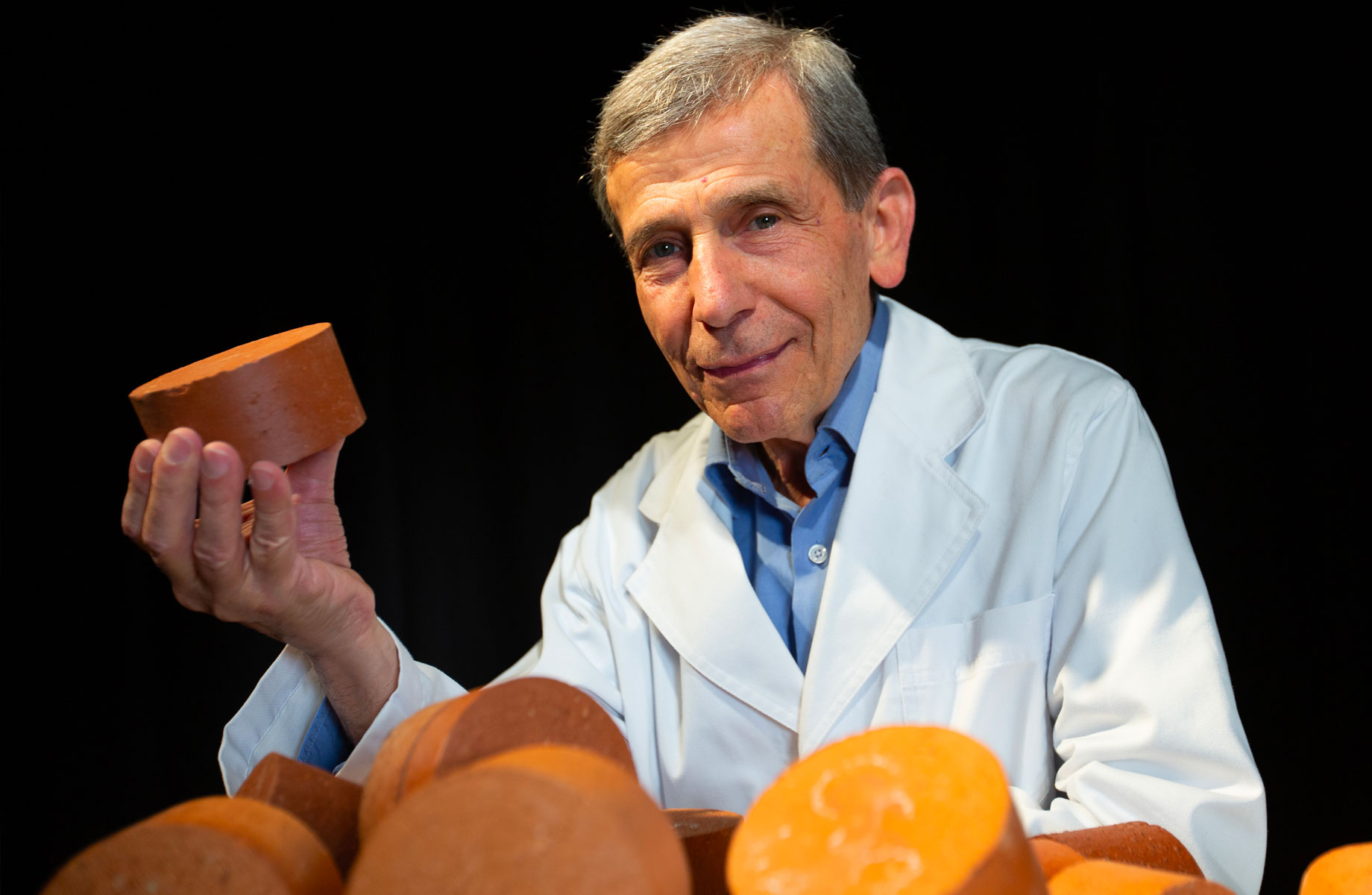RMIT Associate Professor Abbas Mohajerani says using biosolids in bricks could be the solution to these big environmental challenges.
“It’s a practical and sustainable proposal for recycling the biosolids currently stockpiled or going to landfill around the globe.”
As well as being cheaper to and more efficient to produce, biosolids bricks have a lower thermal conductivity, transferring less heat to potentially give buildings higher environmental performance.
About five-million tonnes of the biosolids produced in Australia, the EU, US, and Canada every year, with Australia contributing 327,000 tonnes annually to landfill or stockpiles.
Researchers found that biosolid-enhanced bricks passed compressive strength tests and analysis demonstrated heavy metals are largely trapped within the brick.
As well as being cheaper to and more efficient to produce, biosolids bricks have a lower thermal conductivity, transferring less heat to potentially give buildings higher environmental performance.
Bricks that only contained 25 per cent biosolids required about half the energy as their ordinary counterparts to produce due to the organic content of the biosolids, implying that they could considerably reduce the carbon footprint of brick manufacturing companies.
Mohajerani said he hoped that government building codes could confidently mandate a conservative 15 per cent biosolids component in house bricks in the near future.
Last year, Tesla and SpaceX chief executive Elon Musk announced plans to turn dirt excavated by his tunnel-digging enterprise, the Boring Company, into cheap environmentally conscious brick material.
The University of Hong Kong’s robotics department has been experimenting with construction technologies, printing bricks designed with game-changing cooling properties.
Bricks, designed by the Fabrication and Material Technologies Lab, can be perforated to allow the movement of light and air through a building, or formed in such a way that water is channelled through or retained within the facade.










